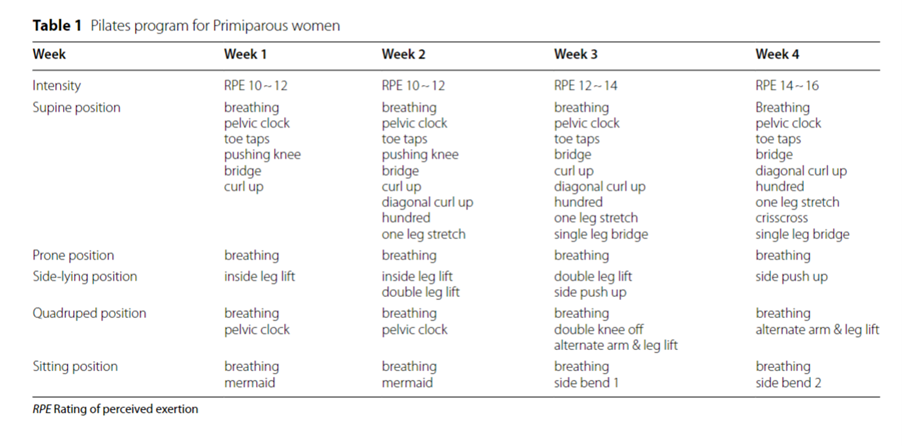
Being diastasis rectus abdominis awareness month, we thought we would delve into this subject.
What is Diastasis rectus abdominis or DRA for short?
Diastasis is the separation of parts of the body that are normally joined. In this case, the separation of the rectus abdominus down the midline (at the linea alba) and causes separation, bulging or trenching in the abdominal area. It is considered a medical condition when the separation of the rectus abdominis is more than 2cm when measured in the navel area.
Who is at risk?
It is generally caused by pressure in the abdominal cavity.
This occurs:
- in pregnancy where there is a 60% chance of it developing in the third trimester of pregnancy although it may not be noticed until after delivery. It usually resolves within eight weeks of delivery but around 40% still have it six months postpartum (1)
- in bodybuilders and athletes
- in babies
For men
The “most common contributing factor is improper exercise and weight-lifting, especially when it comes to sit-ups, crunches, push-ups, and front planks.” Other causes are hereditary factors, excess weight, age, cirrhosis of the liver and cancer of the abdominal wall. (2)
For babies
’’Rectus abdominis diastasis occurs in many children and has a good prognosis as the abdominal musculature continues to develop.’’ It usually spontaneously resolves by age five. (3)
For postpartum people
Two recent studies, both undertaken in 2023, investigated the use of Pilates in correcting DRA non-surgically.
- Effects of Pilates on inter-recti distance, thickness of rectus abdominis, waist circumference and abdominal muscle endurance in primiparous women (4)
(Note that primiparous means that it was their first pregnancy and delivery.)
The results of this study demonstrate “that Pilates was effective in reducing inter‑recti distance and waist circumference and improving abdominal muscle endurance in primiparous postpartum women. Pilates is considered an effective exercise for improving muscle structure and function in primiparous postpartum women, helping in the recovery from, and preventing, diastasis rectus abdominis.”
This was a fairly intense program with five 50 minute sessions a week for four weeks. These were the exercises undertaken.

“Exercise intensity was controlled using Borg’s rating of perceived exertion (RPE). To set up the initial exercise intensity, the subjects were informed of the RPE concept and requested to provide feedback by expressing their subjective intensity on a scale of 1–20.”
- Comparison of the effect of Pilates and core stability exercises on diastasis recti, pain, functional disability and quality of life of primiparous mothers with nonspecific low back pain (5)
The conclusion from this study was that “Pilates and Core stability exercises, due to ongoing stimulation of sub-maximal contractions and correction of movement patterns by invoking and increasing the strength and coordination of the body’s core stabilizer muscles, plays a significant role in improving diastasis recti, pain, function and quality of life in primiparous mothers with nonspecific low back pain.”
The full report on this study was only available in Persian so I was unable to review anything beyond the abstract.
Summary
The conclusion is that Pilates and core stability exercises improve DRA and poor form in executing abdominal exercises worsens DRA.
Robyn Rix, PAA President
References
- https://my.clevelandclinic.org/health/diseases/22346-diastasis-recti
- https://dc-dermdocs.com/diastasis-recti-in-men-symptoms-and-causes/ – accessed 12/07/2024
- Denzinger, M.; Stark, D.; Memmel, C.; Reis Wolfertstetter, P.; Knorr, C. Symptomatic Diastasis Rectus Abdominis in Children: Review of Current Management Options and Presentation of a Novel Minimally Invasive Epifascial Repair Technique. Sci.2023, 13, 9841. https://doi.org/10.3390/app13179841
- Lee, N., Bae, YH., Fong, S.S.M. et al.Effects of Pilates on inter-recti distance, thickness of rectus abdominis, waist circumference and abdominal muscle endurance in primiparous women. BMC Women’s Health 23, 626 (2023). https://doi.org/10.1186/s12905-023-02775-5
- Davari, Somayyeh, Bagherpoor, Tahereh, & Nemati, Nematollah. (2023). Comparison of the effect of Pilates and core stability exercises on diastasis recti, pain, functional disability and quality of life of primiparous mothers with nonspecific low back pain. JOURNAL OF ANESTHESIOLOGY AND PAIN (PERSIAN), 13(4), 95-110. SID. https://sid.ir/paper/1113519/en

Comments are closed.